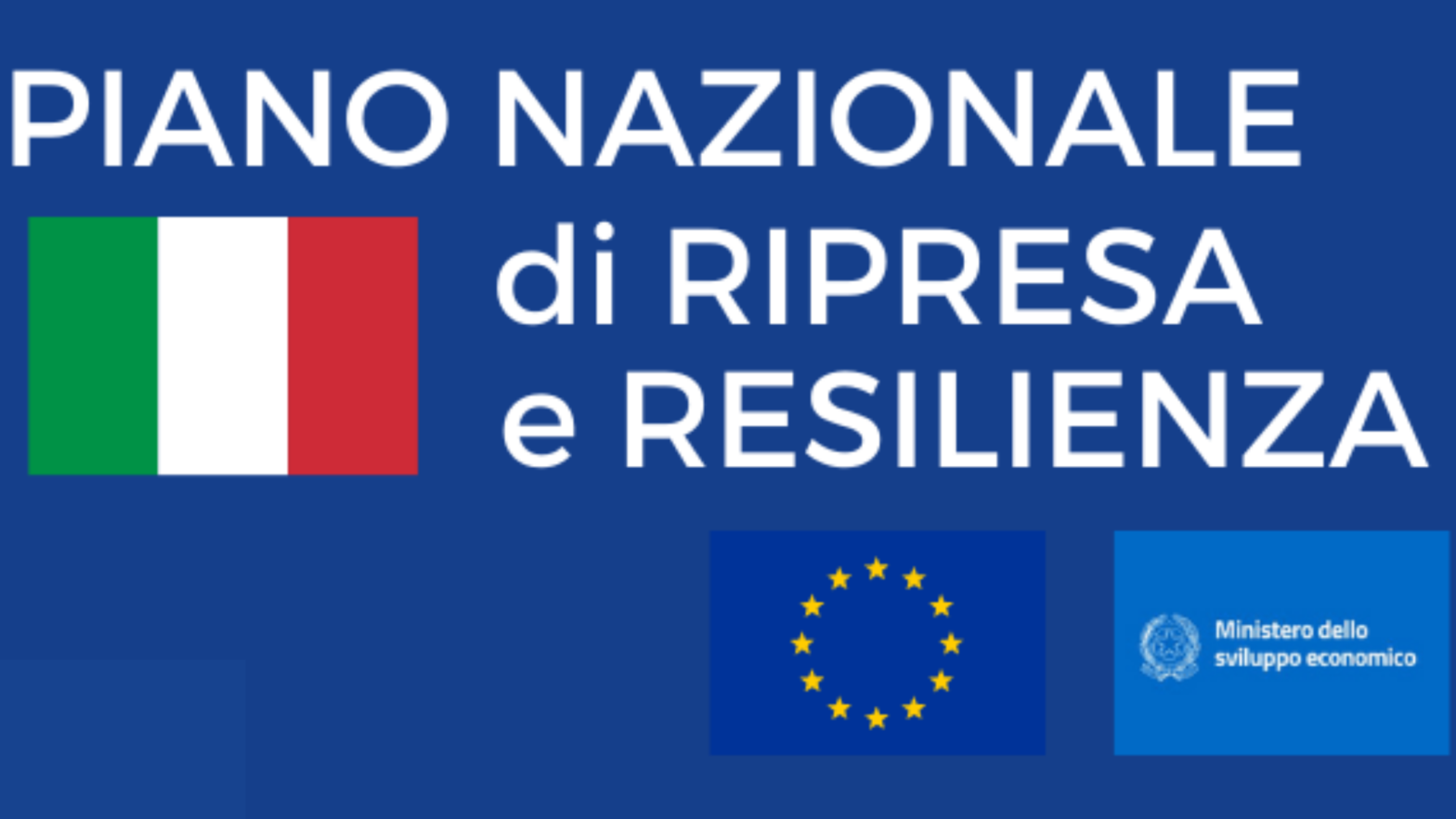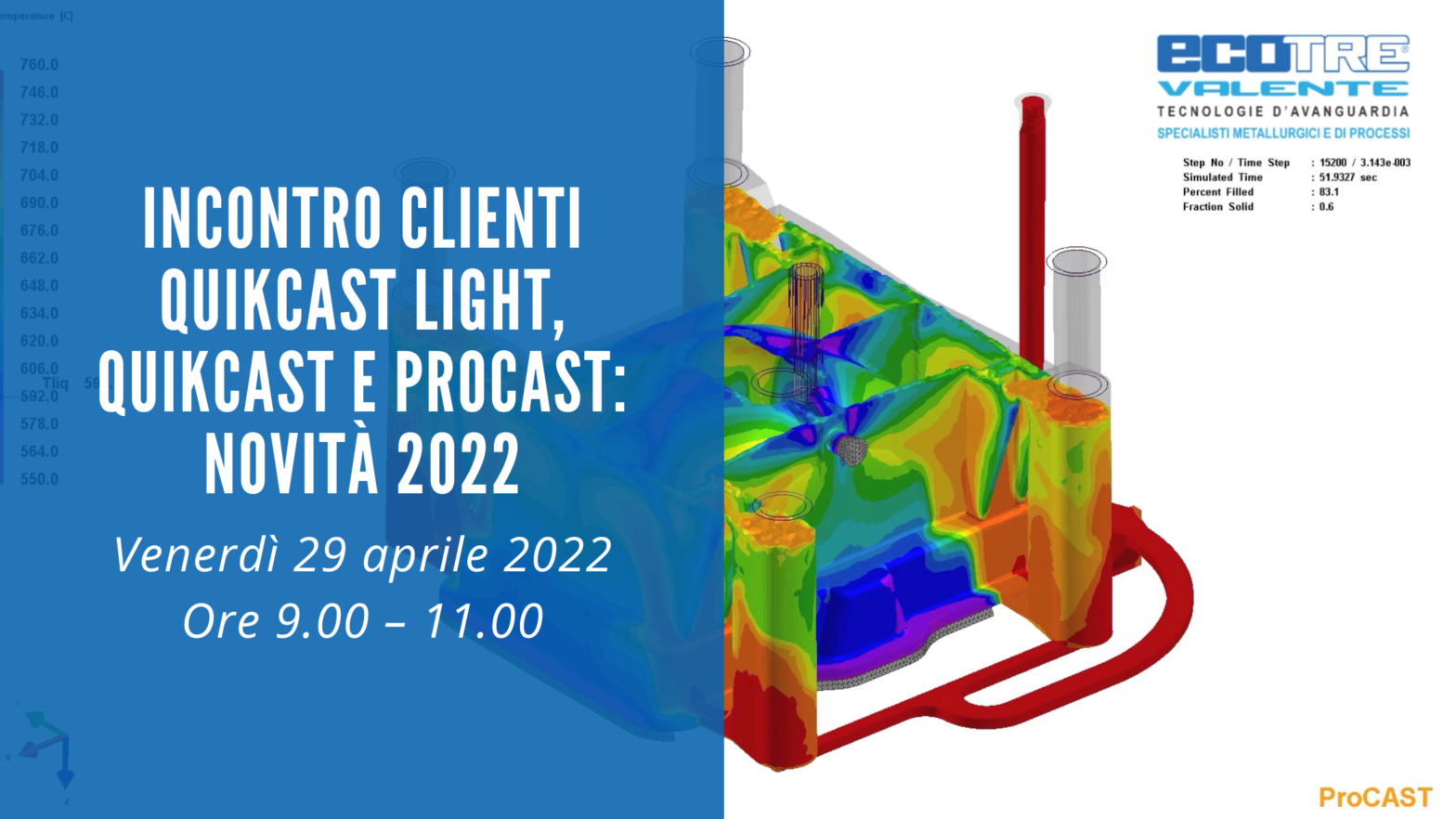QuikCAST and ProCAST Software Benefit
- Quality improvement
- Optimization and saving in the design
- Improvement of production
- Enhanced precision
- Flexibility of use
- Reduction of calculation times
- Reduction of production rejects
- Saves money
Lost Foam : What it is
The lost foam process consists in creating a form in expanded polystyrene, placed in a container filled with sand which is then vibrated, therefore left free at one end, on which the molten metal is poured directly. The molten metal melts the polystyrene, runs in the area left void of the polystyrene itself and takes on the shape inside the sand, creating a perfect replica of the initial disposable simulacrum. After cooling, the piece is removed from the sand for further cooling and cleaning. This therefore obtains a semi-finished product ready for subsequent processes and treatments.
Lost Foam Simulation: How it works
Simulation of the polystyrene pyrolysis phenomenon, evacuation of gases from the sand and filling of the form: ProCAST simulation software includes all of the features necessary to take into account the effects of interaction between the liquid metal and the polystyrene during the LOST FOAM process, of liquefaction and pyrolysis of the polystyrene model, of the transport of gas products, of the influence of the ceramic coating and the effect of entrapped gas in movement of the liquid metal.
ProCAST offers a complete suite of modules and foundry tools to meet all of today’s industrial requirements. Based on the powerful finite element technology (FEM), ProCAST allows performing predictive evaluations of the entire process of the casting, including filling and solidification defects, mechanical properties and the complex distortion of the part. It allows you to quickly view the effects of design modifications and provides a basis for a correct decision-making process, from the initial production stages. ProCAST can model all casting processes of all pourable alloys, and also addresses other important production processes of the foundry, such as core shooting and heat treatment.
QuikCAST is a quick and efficient solution to assess the complete process. The software addresses the main principles of any casting process: filling, solidification and porosity prediction. QuikCAST has been designed to help the user cut costs and reduce time to market. It can be used in an initial stage to develop the mould and the process and to assess the quality of the molten piece.
For the purchase, hire or a DEMO of the software or if you want to take advantage of a simulation service specially-made by our technical department, write or call us at +39 030 3365383
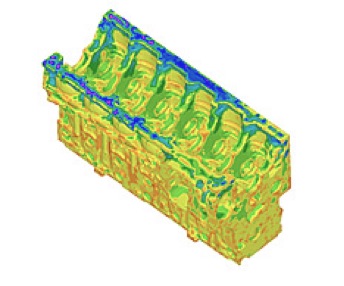
ELONGATION
The software can provide the elongation % map
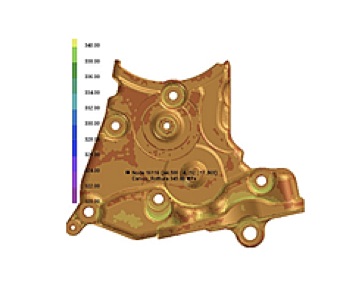
ULTIMATE TENSILE STRENGTH
The simulator provides the map of the Ultimate Tensile Strength of the Component “As Cast” and after Heat Treatment

YIELD STRESS
The simulator provides the map of the Yield Stress of the Unfinished Component and after Heat Treatment

HARDNESS
The simulation can indicate the Hardness that can be obtained and its profile through its thickness

SDAS
The casting simulator shows the map of the SDAS (Secondary Dendrite Arm Spacing), a useful indicator of component performance

GAS POROSITY
Map of Porosity from Gas encapsulated during filling. Reduction of mechanical and bonding performance of the component

OXIDES
The alloy oxidizes during filling and the simulation points out where the oxides hide and where they move during filling

DELAMINATIONS
The simulator shows the delaminations, related to imperfect bonding of the alloy during filling

INCOMPLETENESS
Incomplete pieces or with joinings and retrieved lines
Undersized gating system or incorrect gas exhaust

SHRINKAGE POROSITY
Map of Shrinkage Porosity.
Geography and Dimension of defect in mm3.

CRACKS
Map of hot and cold cracks on casting

DIMENSIONAL
Dimensions and deformations of piece during solidification, extraction, cooling, blanking and any heat treatment

CO-DESIGN
Eliminate defects by acting on the causes and not on the effects

ALLOYS
Impact of the alloy on the mechanical features and on the defects

CHEMICAL ANALYSIS
QuikCAST Light, QuikCAST and ProCAST characterise the alloy initiating from the chemical analysis. Assessment, for example, of the consequences of the addition of 200 ppm of Strontium
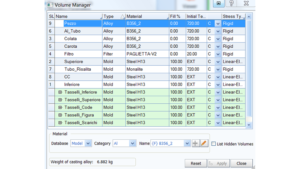
DATABASE
Complete archive of mould steels, sands, cores, insulation and exothermic sleeves, chillers, shells

DESCRIPTION
The simulation allows you to set a preview of the ideal process parameters for production of the component. This way the actual sampling underwent a positive result by eliminating fine tunings for the correct set of process parameters. Furthermore, the Optimizer Module of the software automatically defines the minimum and maximum ranges of the parameters guaranteeing the consistency and stability of the process.

DIE
The casting simulation shows the thermal die cycling simulation, the conditioning or thermal circuits, lubrication, deformation and die duration

PLATE
Optimization of the plate, positioning of the chillers, sleeves, filters and die assembly of the cores. Maximum yield.

CASTING MACHINE
The casting simulation allows you to know the required casting machine and therefore the tonnes necessary

SYSTEM
Simulation of the entire injection cycle, complete with container, riser tube, tipping, automatic, manual system
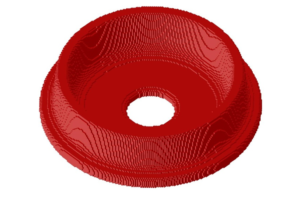
FINITE VOLUMES
The finite volumes or Finite Differences Technology is the introductory technology to casting simulation.
QuikCAST and QuikCAST Light

FINITE ELEMENTS
The Finite Elements Technology is the top technology that provides the maximum performance of the casting simulator.
ProCAST






